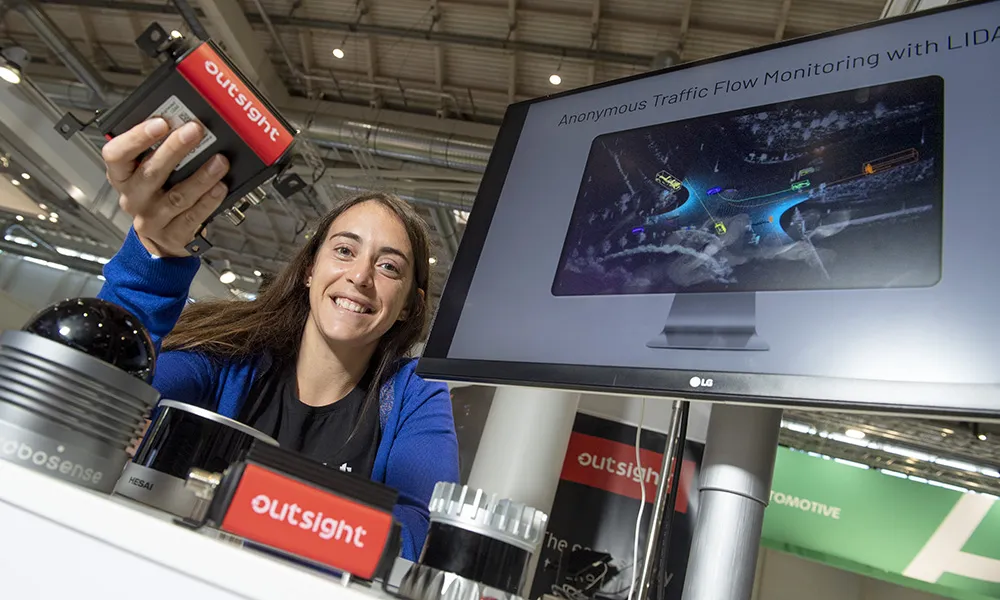LeddarTech, Canadian supplier of advanced 3D detection and tracking systems based on patented Leddar (Light Emitting Diode Detection and Ranging) technology, has launched the second generation of its d-tec 3D traffic sensor. Leddar d-tec emits non-visible light into the area of interest and measures the time taken for the light to reflect off of objects and return to the sensor. The second generation provides a range increase of 25 per cent for all d-tec products without comprising the accuracy and performa
January 31, 2013
Read time: 2 mins
Leddar d-tec emits non-visible light into the area of interest and measures the time taken for the light to reflect off of objects and return to the sensor. The second generation provides a range increase of 25 per cent for all d-tec products without comprising the accuracy and performance of the 3D sensor, enabling the sensor to provide traffic detection up to 75 metres.
“Long-awaited, the second-generation d-tec provides the flexibility traffic managers require without comprising performance”, stated Dave Gilbert, vice-president business development and sales. “Thanks to our 3D traffic sensors and other products, ensuring optimal traffic flow in all conditions is just one of the wide range of applications made possible by Leddar.”










